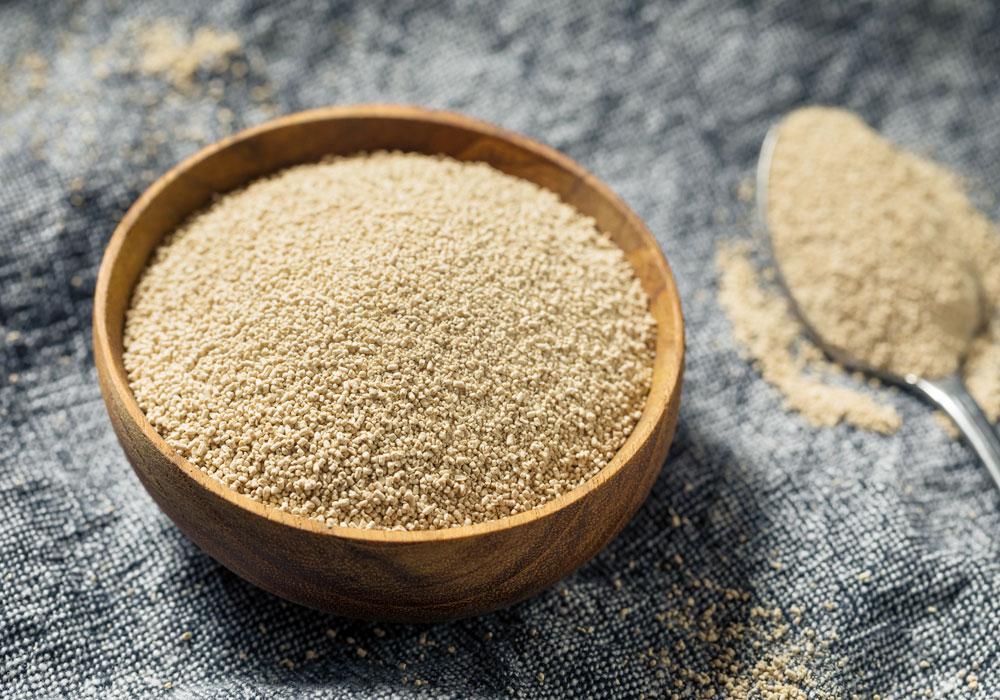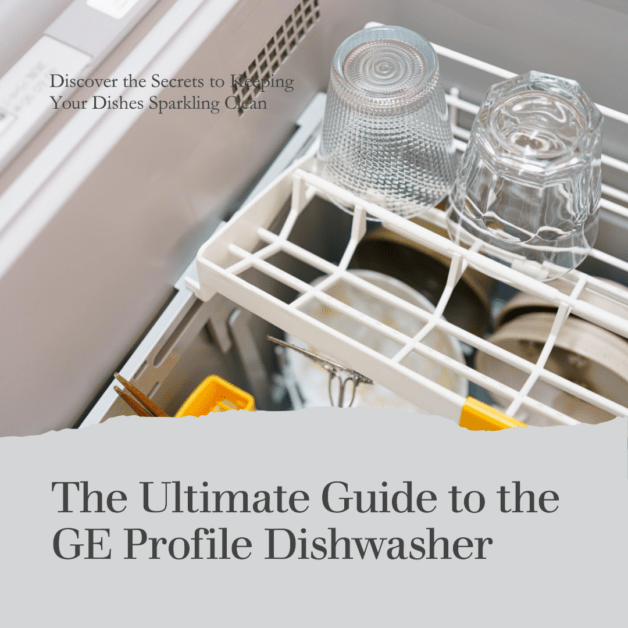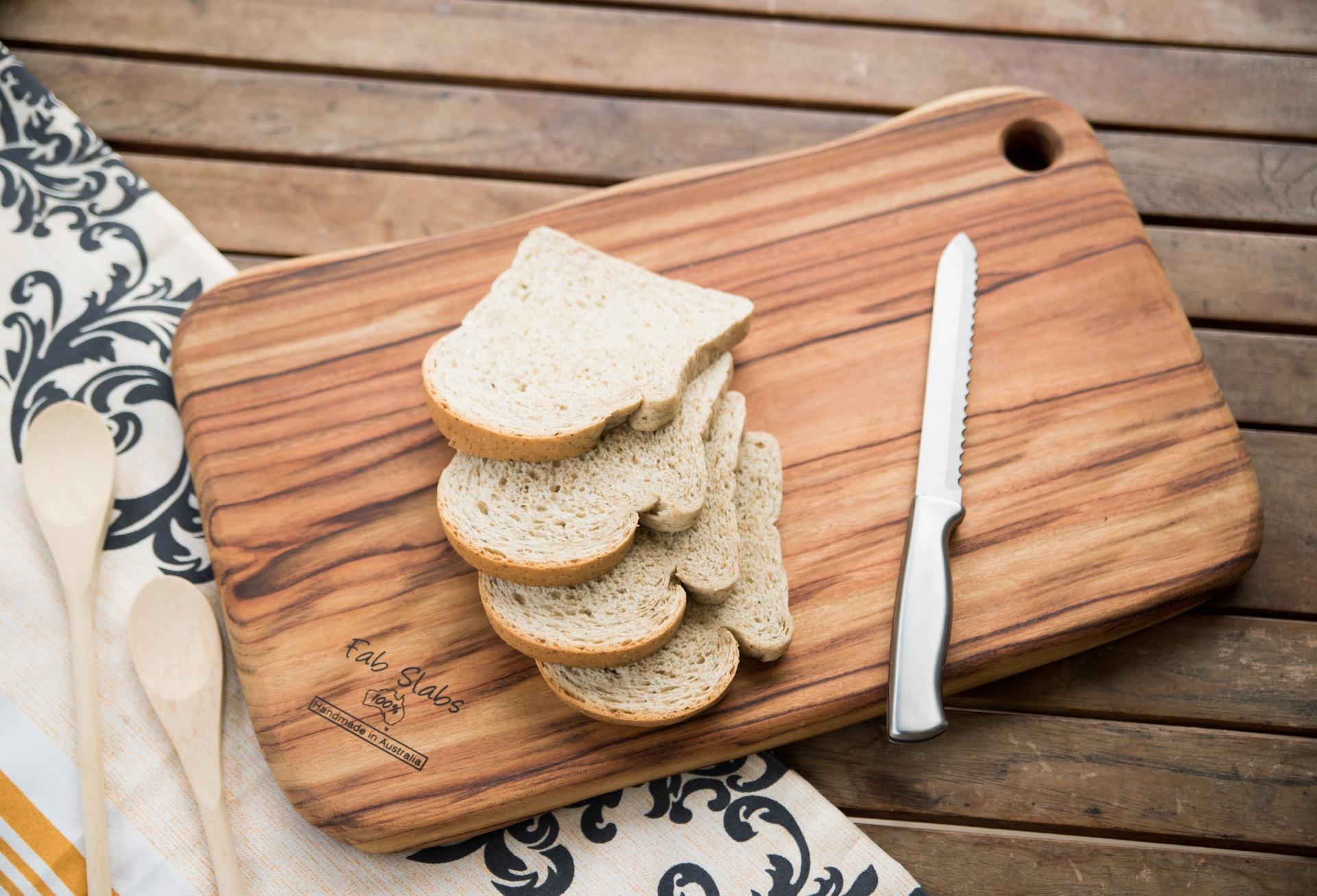Have you ever wondered what makes a loaf of homemade bread so delicious – learn best yeast for homemade bread? The answer lies in the yeast. Yeast is an essential ingredient in bread baking, and there are many types of yeast available for home bakers to use. Each type of yeast has its own unique characteristics that make it suitable for different bread recipes.
Yeast cells are responsible for making the dough rise and giving it a light, airy texture. Without yeast, your loaves would be dense and heavy. In this yeast guide, we will explore the many types of yeasts available to bakers, including osmotolerant yeast and nutritional yeast.
Whether you’re an experienced baker or just starting out with your first bread recipe, understanding the different varieties of yeasts and dough improvers can help you create the best possible loaf. So let’s dive into the world of bread baking and discover which yeasts work best for your favorite recipes!

Contents
Understanding Active Dry Yeast and Instant Yeast
If you’re an avid bread baker, you know that yeast is a crucial ingredient in making the perfect loaf. But with so many types of yeast available, it can be challenging to choose the best one for your homemade bread.
Active Dry Yeast Needs to be Activated Before Use
Active dry yeast is the most commonly used type of yeast for homemade bread. It comes in small granules that are stored in a dormant state until activated with warm liquid. To activate active dry yeast, mix it with warm water or milk (around 110°F) and let it sit for a few minutes until it becomes frothy. This process allows the yeast to wake up from its dormant state and start feeding on the sugars present in the dough.
One thing to keep in mind when using active dry yeast is that you need to activate it before adding the yeast for homemade bread mixture; otherwise, your bread won’t rise correctly. If your recipe calls for proofing, which means letting the dough rise before baking, make sure to factor in extra time for activating your yeast.
Instant Yeast Can Be Added Directly to Dough Without Activation
Instant yeast is also known as rapid-rise or bread machine yeast because it’s designed for use with machines that have shorter rising cycles than traditional recipes. Unlike active dry yeast, instant yeast doesn’t require activation before use; instead, you can add the yeast for homemade bread mixture directly along with other ingredients.
Because instant yeast has smaller granules than active dry yeast and contains more live cells per gram, it works faster and produces a more consistent result. However, some bakers argue that instant yeasts produce less flavorful bread than those made with active dry yeasts.
Both Types of Yeast Are Made From The Same Strain of Fungi
Despite their differences, both active dry yeast and instant yeast are made from the same strain of fungi, Saccharomyces cerevisiae. The difference lies in how they’re processed and packaged.
Active dry yeast is dried at a low temperature and packaged with a small amount of dead cells (which act as a protectant) and starch or flour. Instant yeast, on the other hand, is dried at a higher temperature and packaged with fewer dead cells and no starch or flour.
It ultimately comes down to personal preference. If you have time to activate your yeast before use and want more flavor in your bread, go for active dry yeast. But if you’re short on time or prefer a more consistent result, opt for instant yeast.
Differences between Active Dry Yeast and Instant Yeast

If you’re an avid baker, then you’ve probably heard of active dry yeast and instant yeast. These two types of yeasts are commonly used in bread baking, but they have some differences that can affect the outcome of your homemade bread.
Active Dry Yeast vs. Instant Yeast: What’s the Difference?
Active dry yeast and instant yeast are both made from the same strain of yeast, but they are processed differently. Active dry yeast is made by drying live yeast cells and coating them with a protective layer of dead cells. This process creates larger granules that take longer to dissolve in liquid.
On the other hand, instant yeast is made using a similar process, but with one key difference – it has more live cells per unit volume than active dry yeast. This means that it dissolves faster in liquid and activates more quickly.
Shelf Life
One major difference between active dry yeast and instant yeast is their shelf life. Active dry yeast has a longer shelf life than instant yeast because its larger granules protect the live cells from moisture and temperature changes.
Active dry yeast can be stored at room temperature for up to a year or in the refrigerator for up to two years. However, once opened, it should be used within six months for best results.
Instant yeast has a shorter shelf life because its smaller granules expose more surface area to moisture and temperature changes. It can be stored at room temperature for up to six months or in the refrigerator for up to a year. Once opened, it should be used within four months for best results.
Rise Time
Another difference between active dry yeast and instant yeast is their rise time. Because instant yeast has more live cells per unit volume than active dry yeast, it activates more quickly.
This means that dough made with instant yeast will rise faster than dough made with active dry yeast. If you’re short on time, instant yeast may be the better choice for you.
Which Yeast Should You Use?
It really depends on your personal preferences and baking needs.
If you’re looking for a longer shelf life and don’t mind a slightly longer rise time, then active dry yeast may be the better choice for you. On the other hand, if you want your dough to rise quickly and don’t mind a shorter shelf life, then instant yeast may be the way to go.
Some popular brands of active dry yeast include Fleischmann’s Active Dry Yeast and Red Star Active Dry Yeast. Some popular brands of instant yeast include SAF Instant Yeast and Red Star Quick Rise Yeast.
Advantages and Disadvantages of Active Dry Yeast
Choosing the right yeast is crucial. There are several types of yeast available in the market, but active dry yeast is one of the most commonly used yeasts for making bread.
Advantages
Widely Available in Grocery Stores
One of the significant advantages of using active dry yeast is that it is widely available in grocery stores. You can easily find it in small packets or jars at your local supermarket or online stores. This makes it a convenient option for home bakers who don’t have access to specialized stores.
Long Shelf Life
Active dry yeast has a long shelf life and can be stored at room temperature for up to a year. This means you can stock up on it without worrying about spoilage or having to store it in the refrigerator or freezer.
Cost-Effective
Active dry yeast is also an affordable option compared to other types of yeast available in the market. It’s a budget-friendly choice for home bakers who bake frequently.
Disadvantages
Needs Activation Before Use
One major disadvantage of using active dry yeast is that it needs activation before use, which adds extra time to your recipe. You need to dissolve it in warm water with sugar and wait for 5-10 minutes until it becomes frothy before adding it to your dough. This process takes longer than instant yeasts that can be added directly to your flour mixture.
Shorter Shelf Life After Activation
Once activated, active dry yeast has a shorter shelf life than its inactive form. You need to use it immediately after activation as its effectiveness reduces within a few hours.
Inconsistent Results
Active dry yeast may sometimes give inconsistent results due to variations in its quality and effectiveness from batch-to-batch or brand-to-brand. This can lead to under or over-proofed dough, affecting the texture and rise of your bread.
Advantages and Disadvantages of Instant Yeast
Choosing the right yeast is crucial for achieving a perfect rise and flavor. While there are different types of yeast available, instant yeast has become increasingly popular among bakers due to its convenience and ease of use.
Advantages
Quick Activation
One of the biggest advantages of using instant yeast is that it does not require activation before use. Unlike active dry yeasts that need to be dissolved in warm water or milk before adding them to the dough, instant yeast can be added directly to the flour mixture. This saves time and simplifies the process, making it ideal for busy bakers who want to make bread quickly.
Faster Rise
Instant yeast is also known for its rapid fermentation process. It works faster than other types of yeasts, which means that your dough will rise more quickly. This can be helpful if you’re short on time or if you live in a cold climate where rising can take longer.
Convenient Packaging
Instant yeast typically comes in small packets or jars that are easy to store and measure out. This makes it convenient for home bakers who don’t want to buy large quantities of yeast or worry about measuring out precise amounts each time they bake.
Disadvantages
Higher Cost
One downside of using instant yeast is that it tends to be more expensive than other types of yeasts. This is because it undergoes additional processing during production, which adds to its cost. If you’re on a tight budget, you may prefer using active dry yeasts instead.
Shorter Shelf Life
Another disadvantage of instant yeast is that it has a shorter shelf life than other types of yeasts. Once opened, it should be used within six months or so; otherwise, it may lose its potency and fail to rise properly. This means that you’ll need to buy fresh yeast more frequently, which can be inconvenient if you don’t bake bread often.
Choosing the Best Type of Yeast for Bread Baking
Baking homemade bread is a rewarding and satisfying experience that can be made better by using the right yeast. The type of yeast you choose depends on your personal preference, recipe requirements, and the amount of time you have available for preparation.
Types of Yeast
There are several types of yeast available in the market, each with its own unique characteristics. Here are some common types used for everyday bread baking:
- Active Dry Yeast: This type is commonly found in grocery stores and is easy to store. It needs to be dissolved in warm water before being added to the bread dough. It has a longer shelf life than fresh yeast.
- Instant Yeast: Also known as rapid-rise or quick-rise yeast, this type doesn’t need to be dissolved in water before being added to the dough. It’s faster-acting than active dry yeast and produces consistent results.
- Fresh Yeast: This type has a shorter shelf life and needs to be refrigerated or frozen. It’s highly perishable but produces great flavor when used correctly.
- Cake Yeast: Also known as compressed or wet yeast, this type comes in small blocks that need to be crumbled into warm water before being added to the dough. It’s less common than other types but produces excellent results.
- Bread Machine Yeast: This type is specially formulated for use in bread machines and produces consistent results every time.
Factors That Affect Your Choice
Choosing the right yeast depends on various factors such as:
Flavor Profile
The flavor profile of your bread depends on the type of yeast you use. For example, fresh yeast gives a more complex flavor profile than instant or active dry yeasts.
Rise Time
Some yeasts work faster than others; therefore, they’re ideal if you don’t have much time for preparation.
Recipe Requirements
Certain recipes may require specific types of yeast to achieve the desired results. For example, a recipe that requires a long rise time may need fresh yeast.
Storage
Different types of yeasts require different storage conditions. For example, active dry yeast can be stored in an airtight container at room temperature, while fresh yeast needs to be refrigerated or frozen.
How to Use Yeast
Here are some steps you should follow when using yeast:
- Dissolve the yeast: If you’re using active dry or cake yeast, dissolve it in warm water before adding it to the bread dough.
- Knead the dough: Once you’ve added the yeast to your bread dough, knead it until it’s smooth and elastic.
- Let it rise: Cover the dough with a damp cloth and let it rise until it doubles in size.
- Bake: Preheat your oven and bake the bread according to your recipe instructions.
Tips for Choosing and Using Yeast
- Always check the expiration date before using any type of yeast.
- Use warm water (around 110°F) when dissolving active dry or cake yeasts.
Factors to Consider When Choosing Yeasts for Bread Baking
Choosing the right yeast is crucial. The type of yeast you use can affect the flavor, texture, and rise of your bread. Here are some factors to consider when choosing yeasts for bread baking.
The Rising Time Required by Your Recipe
Different types of yeast have different rising times. For example, instant yeast rises faster than active dry yeast. If your recipe calls for a specific type of yeast, make sure you use that type to ensure proper rising time and avoid over-proofing or under-proofing your dough.
The Storage Conditions You Have Available
Yeast needs to be stored properly to remain effective. Active dry yeast should be stored in an airtight container in the refrigerator or freezer, while instant yeast can be stored at room temperature in an airtight container. Make sure you have the appropriate storage conditions available before purchasing your yeast.
The Cost Difference Between Both Options
The cost difference between active dry and instant yeast is minimal, but it’s still worth considering if you’re on a tight budget. Instant yeast is slightly more expensive than active dry yeast but can save time as it doesn’t require proofing before using it.
The Availability Within Your Local Area
It’s essential to choose a type of yeast that is readily available within your local area. Some specialty stores may carry less common types of yeasts such as sourdough starter or cake yeast.
Flour Qualities
The quality of flour used in bread-making has an impact on how well the dough rises and holds its shape during baking. High protein flours like bread flour are ideal for making bread because they contain more gluten which helps with structure formation and elasticity during kneading.
Shelf Life
Active dry yeasts have longer shelf lives compared to instant yeasts since they contain less moisture content; hence they can last up to a year or more in the refrigerator. Instant yeasts, on the other hand, have shorter shelf lives and should be used within six months of opening.
Room Temperature
The temperature of your kitchen can affect how well your bread rises. Yeasts thrive in warm temperatures between 75-85°F. If your kitchen is too cold, consider using instant yeast that doesn’t require proofing and rises faster.
The Need for Amount
Bread recipes vary in terms of the amount of yeast required. For example, some recipes may require less yeast if they have a longer rising time while others may require more yeast if they have a shorter rising time. Ensure that you follow the recipe’s instructions to avoid over or underproofing your dough.
Summary of the best type of yeasts for bread baking
After understanding the differences between active dry yeast and instant yeast, it’s clear that both have their advantages and disadvantages. When choosing the best type of yeast for bread baking, it ultimately comes down to personal preference and what works best for your recipe.
Factors to consider when choosing yeasts for bread baking include rising time, flavor development, and convenience. It’s important to experiment with different types of yeasts to find what works best for you.
In conclusion, there is no one “best” type of yeast for homemade bread. It’s up to you to decide which type fits your needs and preferences. Happy baking!
FAQs:
Q: Can I use instant yeast in place of active dry yeast?
A: Yes! Instant yeast can be substituted 1:1 in recipes calling for active dry yeast.
Q: Which type of yeast is faster?
A: Instant yeast typically has a faster rise time compared to active dry yeast.
Q: Does using different types of yeasts affect the flavor of my bread?
A: Yes! Different types of yeasts can contribute to different flavor profiles in your bread.
Q: How should I store my yeast?
A: Yeast should be stored in an airtight container in a cool, dry place such as the refrigerator or freezer.
Q: Can I proof instant yeast before adding it to my recipe?
A: No need! Instant yeast does not require proofing before being added directly into your dough mixture.
Q: Is there a difference between brands of yeasts?
A: Yes! Different brands may have slightly different formulations or quality control measures in place. Experiment with different brands to find what works best for you.
Q: Can I use sourdough starter instead of commercial yeasts?
A: Absolutely! Sourdough starter can be used as a natural leavening agent in place of commercial yeasts.







![What Temperature Does Butcher Paper Burn ? [Answered]](https://kitchenbarrels.com/wp-content/uploads/2022/12/Temperature-Butcher-Paper-Burn-jpg.webp)
